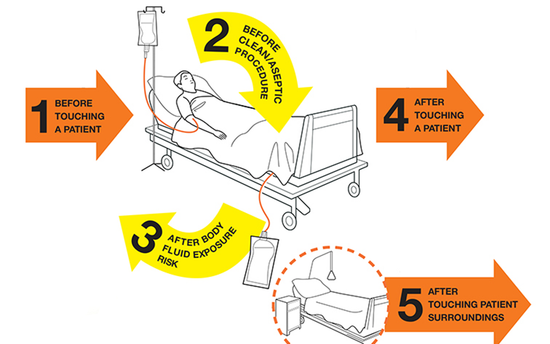
Catheter-associated Urinary Tract Infections (CAUTI) are one of the most common health care-associated infections (HAIs). These infections are most likely caused by bacteria entering the body during catheter insertion, as a result of prolonged or unnecessary use of urinary catheters, or due to a disruption in the closed drainage system. CAUTI, like many HAIs, can be prevented. In this module you will learn about CAUTI incidence, causes, risks and proper indications for using a urinary catheter.
语言: English
Health topic
课程信息
Overview:
Catheter-associated Urinary Tract Infections (CAUTI) are one of the most common health care-associated infections (HAIs). These infections are most likely caused by bacteria entering the body during catheter insertion, as a result of prolonged or unnecessary use of urinary catheters, or due to a disruption in the closed drainage system. CAUTI, like many HAIs, can be prevented. In this module you will learn about CAUTI incidence, causes, risks and proper indications for using a urinary catheter.
Learning objectives:
By the end of this module, you will be able to:
- describe the global burden of CAUTI in relation to HAI with a focus on low- and middle-income countries (LMIC);
- describe how microbes can enter the urinary tract and cause infection;
- identify the risk of CAUTI in health care facilities;
- explain appropriate and inappropriate indications for catheter use;
- apply proper practices for catheter insertion and management to prevent/avoid CAUTI, including implementation of multimodal improvement strategies;
- recognize the criteria and challenges involved in diagnosing CAUTI according to the most frequently used standardized definitions;
- explain the four key principles and practices of CAUTI prevention interventions;
- describe the proper procedures for catheter preparation and insertion; and
- describe urine sampling and testing procedures.
Course duration: Approximately 3 hours.
Certificates: A Record of Achievement will be issued to participants who receive at least 70% on the post-test. You have an unlimited number of attempts to meet the threshold.
课程内容
Overview:
Catheter-associated Urinary Tract Infections (CAUTI) are one of the most common health care-associated infections (HAIs). These infections are most likely caused by bacteria entering the body during catheter insertion, as a result of prolonged or unnecessary use of urinary catheters, or due to a disruption in the closed drainage system. CAUTI, like many HAIs, can be prevented. In this module you will learn about CAUTI incidence, causes, risks and proper indications for using a urinary catheter.CAUTI Prevention:
An infection prevention and control (IPC) team can impact the incidence of CAUTI in their facility by supporting and promoting implementation of preventive measures. A key first step is to establish the correct diagnosis of a CAUTI given that recognizing it is a challenge because bacteria can be present in a patient's urine without causing infection. This includes deciding which one of the two main international definitions of CAUTI the facility plans to use. Preventive measures include using standardized indications for catheter use which will help avoidance of catheters when necessary, as well as following the recommended procedures for catheter insertion and management; these will lower the risk of CAUTI in your facility.